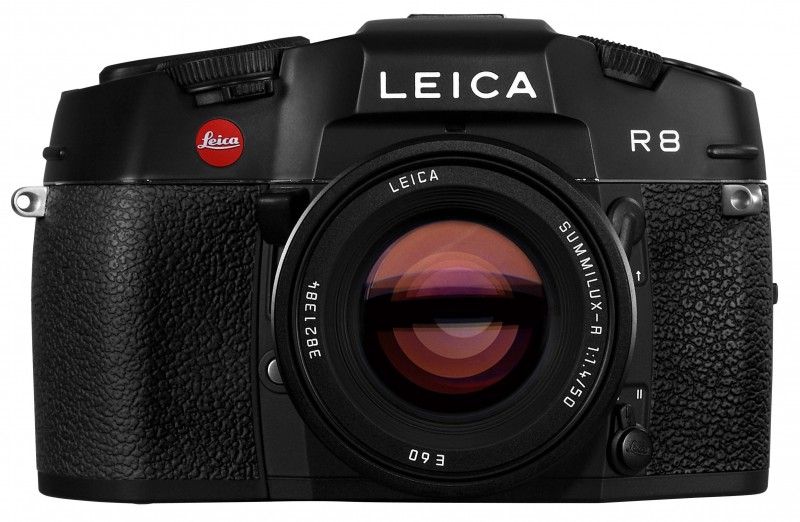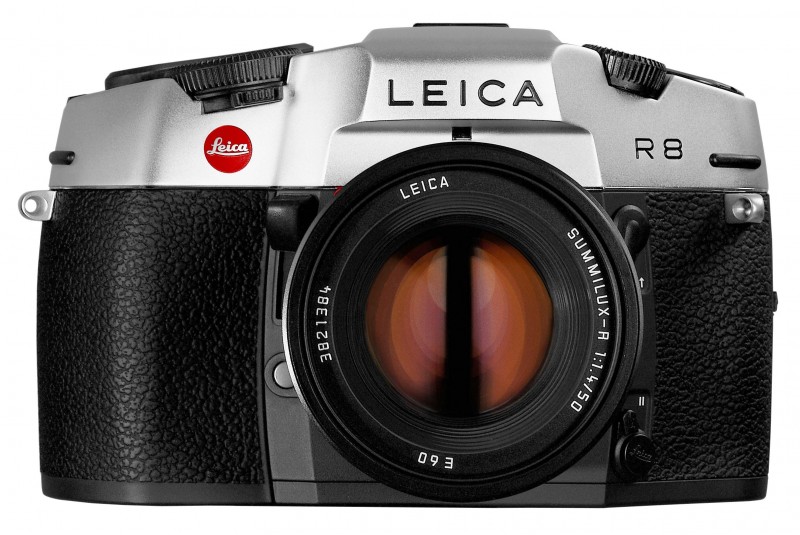Leica R8
Leica R8
April 13, 2014

Leica R8, black, with a Summilux R 50 mm f/1.4, 1996
A radical change of appearance, more weight, more range flexibility – but, even so, no winder and no autofocus.
The camera's free-form design (produced between 1996 and 2002), with its operating wheels embedded in the top plate and its 200 grammes increase in weight compared to the R7, was cause for disagreement between some, yet users were convinced by the feel of the camera. In hindsight, its comparatively chunky shape was developed for heavy lenses, as the camera body served as a counterweight.
Among the camera's most significant innovations were the six field metering made up of a single cell for selective metering and a five segment cell for integral metering with multi-pattern metering. In addition, the shutter used was a Copal vertically running metal-leaf unit capable of speeds between 1/8000 and 32 seconds steplessly in automatic modes, or to 16 seconds in half-stop steps in manual mode. The flash X-sync speed was 1/250 sec. Compared to the R7, it had a considerably more practical selection switch. Finally, being able to seamlessly integrate the digital R module that appeared later, the R8 was also able to photograph digitally.
The camera's free-form design (produced between 1996 and 2002), with its operating wheels embedded in the top plate and its 200 grammes increase in weight compared to the R7, was cause for disagreement between some, yet users were convinced by the feel of the camera. In hindsight, its comparatively chunky shape was developed for heavy lenses, as the camera body served as a counterweight.
Among the camera's most significant innovations were the six field metering made up of a single cell for selective metering and a five segment cell for integral metering with multi-pattern metering. In addition, the shutter used was a Copal vertically running metal-leaf unit capable of speeds between 1/8000 and 32 seconds steplessly in automatic modes, or to 16 seconds in half-stop steps in manual mode. The flash X-sync speed was 1/250 sec. Compared to the R7, it had a considerably more practical selection switch. Finally, being able to seamlessly integrate the digital R module that appeared later, the R8 was also able to photograph digitally.

Leica R8, black, with a Summilux R 50 mm f/1.4, 1996

Leica R8, silver, with a Summilux R 50 mm f/1.4, 1996